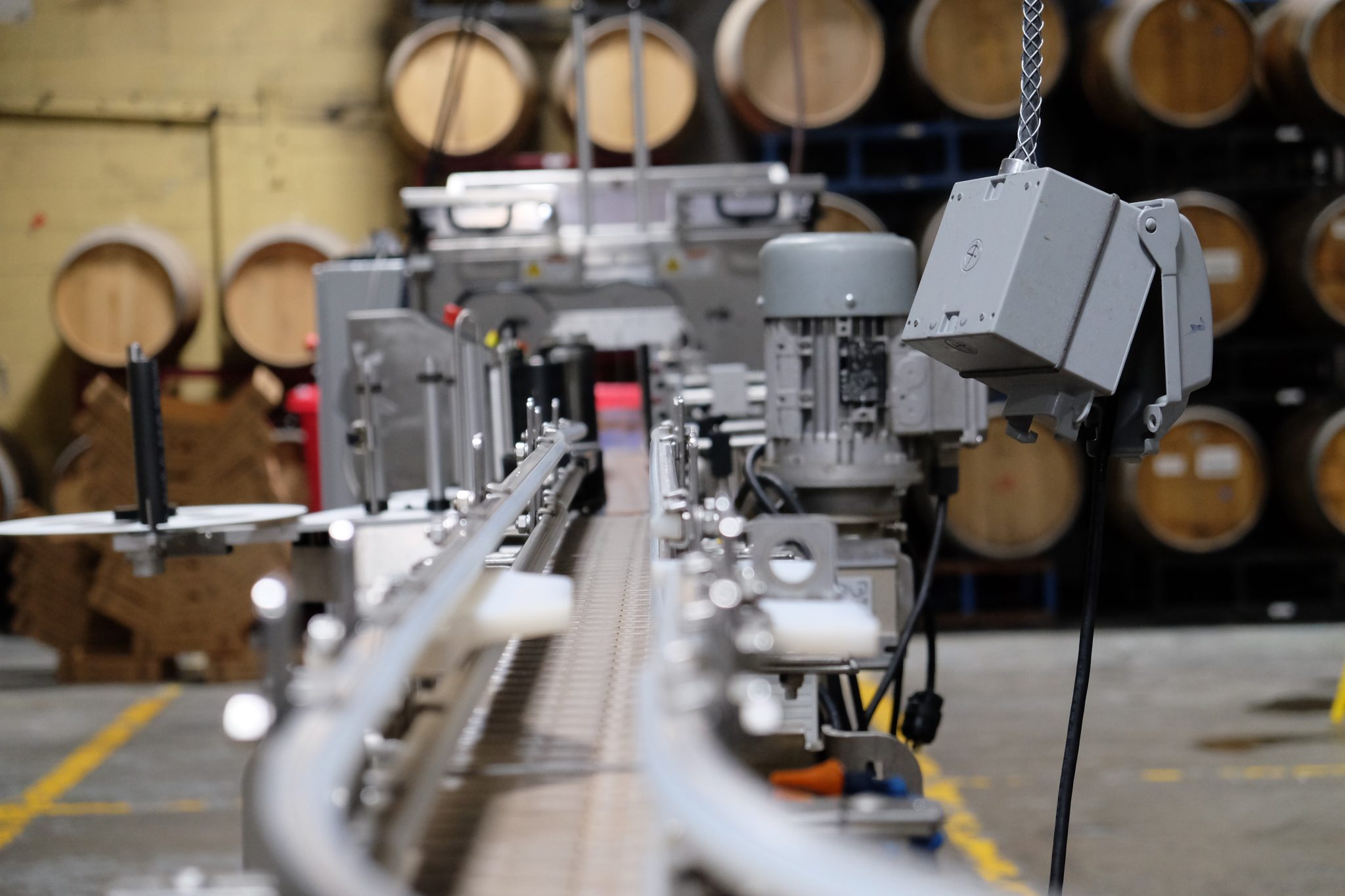The SQF Institute rolled out an updated SQF certification scheme in July 2017. Suppliers wishing to retain their SQF food safety certificate in 2018 were first audited against the revised standard on January 1, 2018.
SQF professionals who attended the SQFI Professional Update last July got a chance to receive up-to-date information on the new SQF code certification. In this blog, we will go over the key take-aways from the presentation.
Compliance to GFSI Benchmarking Requirements
SQFI has started the application process to be approved by GFSI as a Certification Program Owner (CPO). The Global Food Safety Initiative released, back in March 2018, the revised Benchmarking Requirements Document v7.2. Amongst new components added to the benchmarking standard are FSMA compliance and stronger auditor competence requirements.
With version 8.0. SQFI has published a more comprehensive set of standards to help the industry at large. 7 codes are now available. SQF is the only certification scheme that allows both on-farm and post-farm suppliers to become certified. Of interest also is the revision of the SQF Fundamentals (Edition 1) which is based on the GFSI Global Markets toolkit. The standard is introduced following a 2- level approach – Basic and Intermediate – and is designed to help small and medium companies practice food safety, attain regulatory compliance and ultimately implement a Codex HACCP-based food safety management system. The innovative approach is supported by the use of tip sheets, an instructor-led course and an online course.
Top SQF Audit Responses Edition 8.0 (January through June 2018)
Minor
| 2.7.2.1 Food Fraud |
| 11.2.9.2 Equipment, Utensils and Protective Clothing |
| 2.7.1.3 Food Defense Plan |
| 11.4.1.1 Staff Engaged in Food Handling and Processing Operations |
| 11.2.1.3.1 Cleaning and Sanitation |
| 11.2.3.1 Walls, Partitions, Floors and Ceilings |
| 2.2.3.2 Records |
| 2.4.3.7 Food Safety Plan |
| 11.2.2.1 Floors, Drains and Waste Traps |
| 2.1.3.2 Management Review |
Major
| 2.7.2.1 Food Fraud |
| 2.4.8.1 Environmental Monitoring |
| 11.2.1.3.1 Cleaning and Sanitation |
| 11.2.3.1 Walls, Partitions, Floors and Ceilings |
| 2.5.1.1 Validation and Effectiveness |
| 2.4.3.7 Food Safety Plan |
| 2.6.2.2 Product Trace |
| 11.2.12.2 Pest Prevention |
| 2.5.5.1 Internal Audits and Inspections |
| 11.2.8.3 Ventilation |
| 2.4.3.2 Food Safety Plan |
| 11.2.9.2 Equipment, Utensils and Protective Clothing |
Critical
| 11.2.2.1 Floors, Drains and Waste Traps |
| 11.2.8.1 Ventilation |
The number one audit response for both minor and major non-conformities is related to Food Fraud, a new requirement in SQF. Auditors report no or incomplete food fraud vulnerability assessments and no implementation based on the vulnerability assessment.
The backing of the SQF practitioner by management is evaluated through the audit of management review programs and the validation and effectiveness of the FSMS. These programs which get especially tested during unannounced certification audits need improving. Environmental monitoring and Cleaning/Sanitation programs also make the list of non-compliant elements under version 8.0. Not surprisingly, this is also a focus of FSMA and the Preventive Control regulations.
The Food Safety Plan requirements are identified as a major audit response this year. One can assume that, for FDA-registered sites, the level of documentation and the format of the risk studies do not meet regulatory (FSMA) and Codex requirements. In this regard, SQFI is a supporter of a combined food safety plan and has announced that it will soon publish some guidance through the recommendations of a sub-committee. In the meantime, refer to our blog post for recommendations on developing your food safety plan.
Last but not least, two critical audit responses are posted this year and pertain to air flow and building conditions. The need for adequate ventilation is also a major audit response which can impact the adequacy of the site’s environmental and cleaning/sanitation programs. Furthermore, the 11.2.9.2 Equipment, Utensils and Protective Clothing clause also ranks as a top audit non-conformity in 2018. Companies must establish specifications for equipment, utensils and protective clothing to ensure that food-contact surfaces do not contaminate product and primary packaging.

SQF Reasons for Recalls
53% of site recalls were linked to undeclared allergens followed by contamination with foreign materials (15%). These recalls affect primarily the Food Safety Category #13 Baking and Snack Food Processing (14 recalls in 2018) and the FSC#8 Processing of Manufactured Meats and Poultry (13 recalls in 2018). SQFI reports that causes of recalls include “mislabeling of allergens and product identification, poorly executed environmental monitoring programs, contamination product from suppliers, product specifications for quality not being met and foreign objects.” One objective of the SQF Institute this year is to reduce the number of SQF recalls by 30%.





